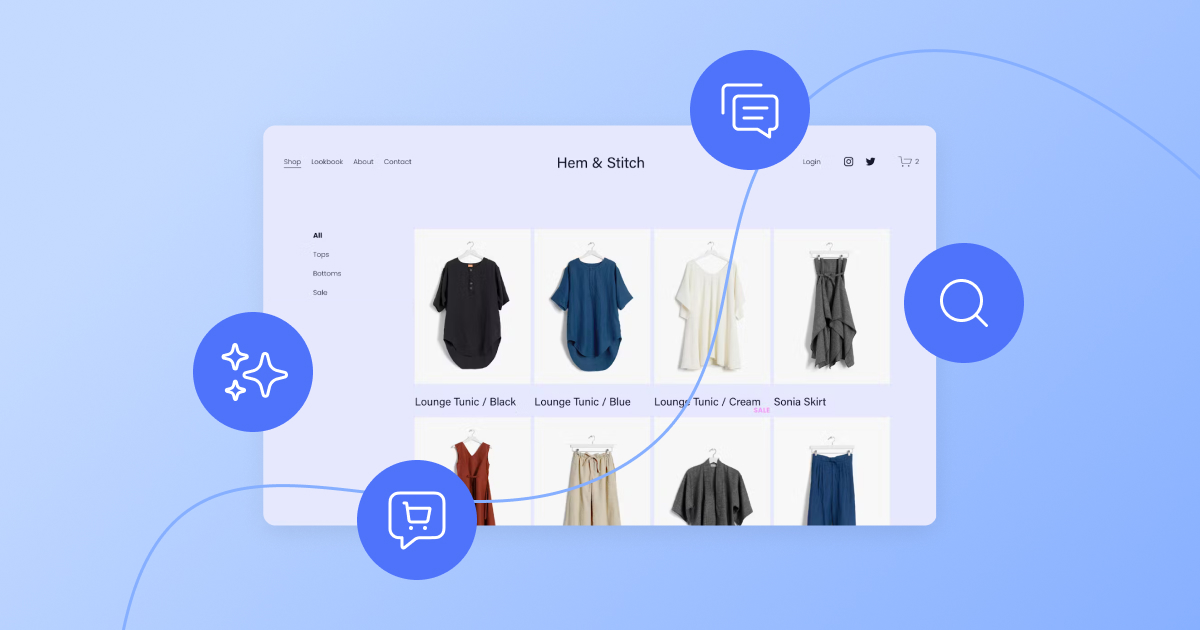At the end of the day, do your employees feel a sense of pride in the work they’ve accomplished? Do they feel motivated to reopen their laptops the next day to keep pursuing and achieving their goals? Do they feel productive, valued, and recognized for their contributions?
The answers to these questions reveal how satisfied your employees are. And while you want to understand what makes each of your employees happy and motivated, it’s also critical that you understand the overall level of satisfaction your employees feel at work, too.
If you’re not sure where or how to get started gauging employee satisfaction at your organization, not to worry. We’ve taken a closer look at what employee satisfaction means, why having happy employees matters to your organization, the factors that influence satisfaction, and how to get started measuring and moving the dial on increasing satisfaction.
What is employee satisfaction?
Employee satisfaction represents your employees’ overall sentiment towards the work they perform as well as how they feel about your organization.
Employees with high satisfaction feel that the work they do is meaningful and brings them a sense of accomplishment. In addition, highly satisfied employees also express heightened feelings of commitment, accountability, and achievement.
Conversely, employees that express low satisfaction aren’t deriving meaning from their work—and are at higher risk for leaving your organization.
Why does having satisfied employees matter?
Employee experience management matters—a lot. Understanding what makes your employees satisfied at work allows you to meet their needs and keep them engaged. Likewise, you reap the benefits of highly satisfied and engaged people working for your organization—and driving better business results.
Here are some of the benefits of keeping your employees happy:
- Lowers absenteeism. Satisfied employees are less likely to take unplanned days off from work due to their high levels of commitment.
- Improves engagement and retention. Employees that are satisfied stay engaged in the work they’re doing—and are more likely to stay with your organization, too.
- Boosts productivity. Satisfied employees feel more aligned to the values and goals of the organization and derive satisfaction from achievement.
- Supports customer satisfaction. Happy employees provide a better customer experience.
- Reduces recruitment costs. Thanks to lower voluntary turnover rates in satisfied employees, companies don’t have to spend as much money recruiting new employees.
- Increases the bottom line. Increased engagement and productivity boost your organization’s bottom line—as much as 21%, according to Gallup.
What factors influence employee satisfaction?
Now that you know the benefits of having satisfied employees, let’s consider who and what influences employees to feel (or not feel) this way.
Here are just some of the factors that influence employee satisfaction:
Managers
According to a study conducted by Qualtrics, managers influence almost every key driver of employee engagement—from fostering a sense of belonging to supporting employee well-being. Managers help drive employee satisfaction by building trust with their teams, listening to employees’ perspectives, and bringing their whole selves to work.
Meaningful work
Employees that express high levels of satisfaction are also those engaged in meaningful work. Organizations that leverage technology to free up employees’ time to do the work that means the most to them reap the benefits of happy employees.
Recognition
Employees who are happy with the amount of recognition they receive tend to stay at consistently high levels of satisfaction over time.
Feedback
Not only do employees want to receive feedback that helps them improve their work and progress in their careers, but they also want the opportunity to give feedback. Knowing that their voices have been heard (i.e., that action has been taken based on their feedback) helps drive employee satisfaction.
Flexibility
While many employees are happy working remotely, many don’t want to exclusively work from home, either. What employees want most is the freedom to decide when and where they work—whether that’s a hybrid environment or a flexible schedule. Meanwhile, those employees who aren’t given the flexibility to determine their work environment and schedule may get frustrated—and leave.
While there’s no one-size-fits-all approach to boosting employee satisfaction. However, understanding the myriad factors that make your employees happy (or not) is a good place to start.
How can an organization improve employee satisfaction?
To improve employee satisfaction at your organization, you first have to measure and understand how satisfied your employees currently are—and then set goals to improve those metrics.
Measure employee satisfaction with eNPS surveys
An easy way to measure employee satisfaction is through anonymous employee Net Promoter Score (eNPS) surveys.
eNPS surveys start with one question, “How likely are you to recommend working at [your company] to a friend or colleague?”, and can be delivered to employees via email surveys, in-app, link, or can be added directly to an internal employee website. Once the employee selects a score from 0-10, they can then explain why they chose their rating in an open-ended survey question.
Verbatim feedback is crucial for capturing specific employee sentiment examples that can help with making larger organizational changes.
Sending recurring employee surveys is key
As for the frequency of surveying employees about satisfaction, the cadence is up to you – but consistency is optimal for long-term results.
Some organizations take the more traditional approach with an annual employee satisfaction survey, while others send frequent pulse surveys to more closely monitor employees’ evolving sentiment (an approach that’s particularly useful in times of dynamic change, such as during the pandemic). Or, other organizations find success surveying employees at various milestones throughout the employee lifecycle.
With whatever cadence you choose, you can schedule recurring eNPS surveys to send every 3, 6, or 12 months, so you never have to miss a beat on knowing how your employees feel.
Take action from employee satisfaction feedback
The most important aspect of employee feedback is taking the insight you gather, analyzing it to understand what areas of concern or low eNPS scores you need to address, and then taking action to make the necessary changes.
With employee satisfaction and eNPS data, you can map how your employees feel over time—and make informed decisions about how to move the dial on keeping your people happy at work.
Start measuring and improving satisfaction with Delighted eNPS.







